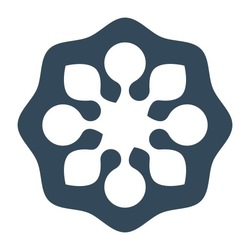Dive In: Cantenac Brown 1978-2018
Château Cantenac Brown
Margaux Cabernet Sauvignon Blend 2017
The 2017 Cantenac Brown is always a strong performer in this vintage. Here, it has quite an opulent nose that you could easily mistake for a 2018 with copious black cherries and violet scents. The palate is fleshy, rounded and fairly sumptuous with pure black fruits that disguise the backbone. There is a welcome marine influence with hints of shucked oyster shells developing on the finish. Give this several years in bottle. Tasted at the Cantenac Brown vertical at the château. (Neal Martin, Vinous, October 2022)
— 2 years ago
Château Cantenac Brown
Margaux Cabernet Sauvignon Blend 2015
The 2015 Cantenac Brown displays more red fruit compared directly with the 2016: raspberry and wild strawberry intermingled with sous-bois and tobacco, violet aromas emerging with time. Lovely focus here, though not the panache of the following vintage. The palate is beginning to loosen up with lithe tannins, fleshy and harmonious, tart red cherries, allspice and clove with a grippy and quite persistent finish that lingers in the mouth. This is a wonderful Margaux that should drink a little earlier than the 2016. Tasted at the Cantenac Brown vertical at the château. (Neal Martin, Vinous, October 2022)
— 2 years ago



Delectable Wine

Follow to learn about our favorite wines & people.
The 2018 Cantenac Brown, which I had recently tasted as part of my horizontal, here replicates that performance. Very pure on the nose, perhaps a little more opulence than the previous bottle, this is beautifully defined with subtle tobacco scents percolating through the black fruit. The palate is medium-bodied, harmonious and extra supple with great tension towards the finish. This is quintessential Margaux and a superb wine from winemaker José Sanfins. Tasted at the Cantenac Brown vertical at the château. (Neal Martin, Vinous, October 2022)
— 2 years ago